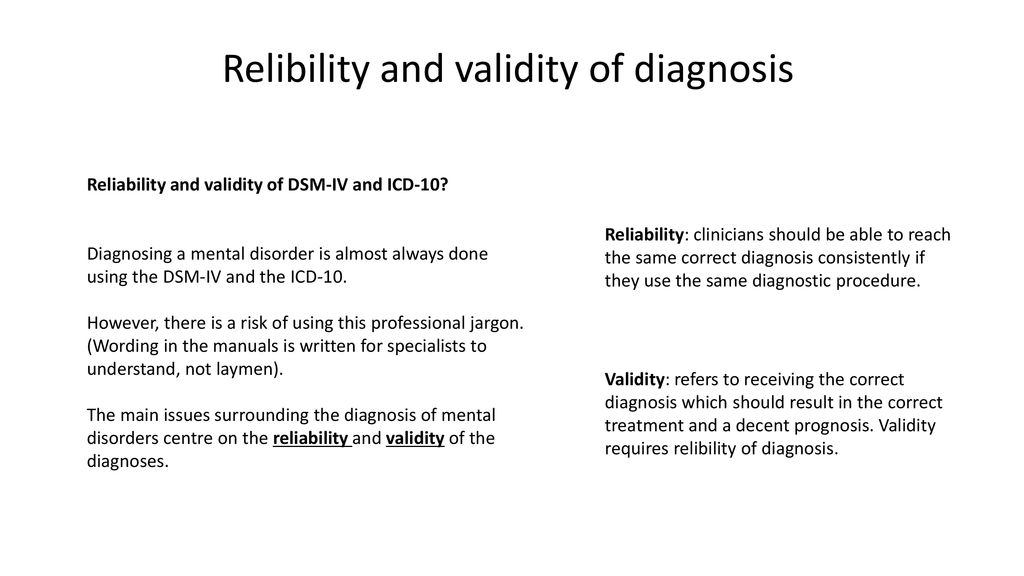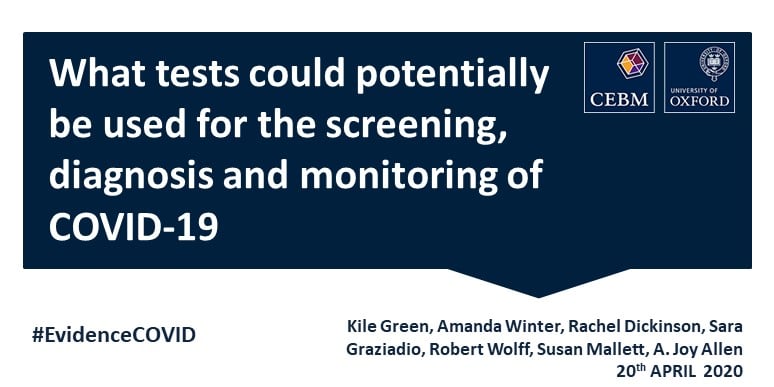

There is a maximum achievable movement potential (MAMP) for each level (eg, molecular, cellular, body part, and person in society) that is influenced by the MAMP at all the other levels.ģ. Movement at various levels on the continuum is interdependent.Ģ. Movement is influenced by physical, psychological, social, and environmental factors.ġ. Movement occurs on a continuum from a microscopic level to the level of a person acting in society.ģ. If a physical therapist successfully addresses movement problems with a patient, then current movement capability will increase, and the gap between current and preferred movement capabilities will narrow. The MCT specifies that each person has maximum, current, and preferred movement capabilities.

Clinical interventions generally have their entry points at the tissue level or higher, but because the levels interact, interventions can affect molecular and cellular movement as well as body part and person movement. Each level is influenced by physical, social, psychological, and environmental factors. In summary, movement, defined as an actual change in position, occurs at multiple interacting levels along a continuum from microscopic to the level of a person acting in society. The MCT presents 3 general and 6 physical therapy principles that link movement science with individual movement capability and interventions provided in clinical practice ( Tab. The Movement Continuum Theory (MCT) of physical therapy 1 meets this requirement. To guide choices about a new measure of physical therapy outcomes, the theory must have suitable relevance to the practice of physical therapy. When beginning to create a new instrument, a measurer may find, modify, or generate a theory that will guide the measurement choices. Initial evidence of the validity and reliability of data obtained with the MAM also is presented. This article describes the creation of the Movement Ability Measure (MAM) as a potential measure of the effectiveness of physical therapy intervention. A new measure focusing on movement may help to fill the gap left by current methods of measuring outcomes. The concept of movement is relevant across diagnostic groups and ability levels and is central to the work of physical therapists. The profession needs a standardized way to assess outcomes across populations while focusing on physical therapy–specific contributions. Comparing populations with regard to health-related quality-of-life measures would apply to more people and would have more relevance across diagnostic groups, but the outcomes incorporate too many variables to reflect the specific actions taken by physical therapists. Comparing whole-body aggregates of specific measures would take too long for clinical practicality and would lose relevance for patients with single-joint or single-limb dysfunction. Comparing more specific measures, such as hamstring muscle force-generating capacity, shoulder flexibility, or gait speed, is limited by restricted relevance to specific diagnostic groups. Comparing functional outcomes is limited by ceiling effects and restricted relevance across multiple ability levels. Comparing goal attainment for different populations is limited by the lack of standardization of the levels of the goals set in the beginning of an episode of care. Each type has limitations when used for comparing the results of interventions across different populations. doi:10.1016/j.sapharm.2018.03.To examine the effectiveness of intervention, physical therapists have recorded many types of outcomes.


Evaluation of methods used for estimating content validity. Encyclopedia of Autism Spectrum Disorders. Encyclopedia of Quality of Life and Well-Being Research. Psychological Testing in the Service of Disability Determination. doi:10.1037/a0026975Ĭommittee on Psychological Testing, Including Validity Testing, for Social Security Administration Disability Determinations Board on the Health of Select Populations Institute of Medicine. Defining and distinguishing validity: Interpretations of score meaning and justifications of test use. Standards for talking and thinking about validity.


 0 kommentar(er)
0 kommentar(er)
